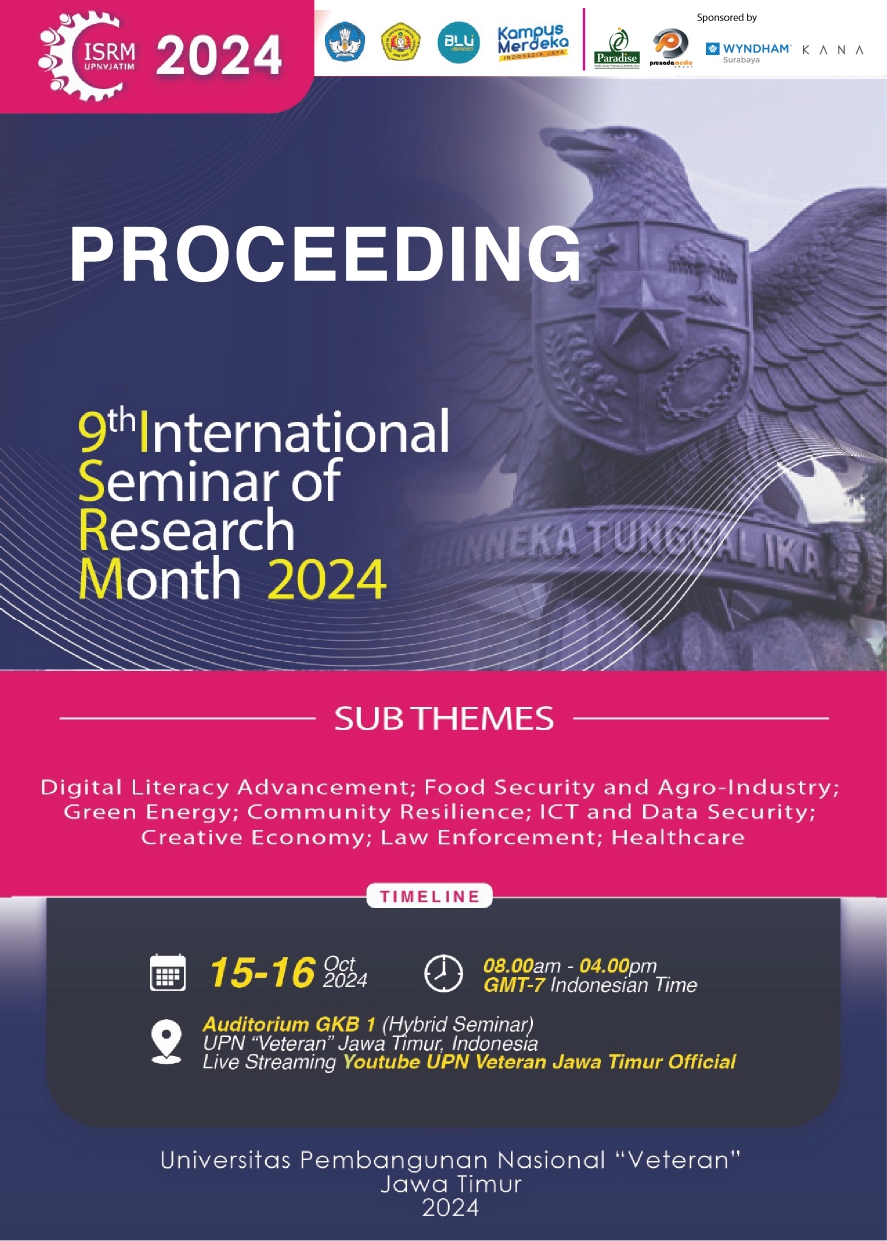Website-based Digital Company Profile as a Medium for Globalization of Bamboo Products by Bambu Pacet
DOI:
https://doi.org/10.11594/nstp.2025.4726Keywords:
Bamboo, furniture, website, company profile, marketingAbstract
Bambu Pacet is a company that produces unique and innovative bamboo furniture and home decor products. The various designs produced by Bambu Pacet have characteristics that distinguish it from other competitors, for example, bamboo furniture combined with woven fabrics of the archipelago. Currently, many of Bambu Pacet's customers are from within the country. Along with business growth, Bambu Pacet has a great desire to expand its market reach to the international arena. To support this expansion, Bambu Pacet realizes the importance of having a Company Profile that can be accessed anytime and anywhere. Bambu Pacet currently does have a website but it is no longer usable. Responding to this challenge, the UPN Veteran East Java community service team proposed the development of a website-based Digital Company Profile. The website is designed with a modern and intuitive look and is equipped with features that make it easy for users to explore information about furniture products, home decor, production processes, and the company's vision and mission. To reach a wider market, this website is presented in two languages, namely Indonesian and English. The website is expected to provide potential customers, business partners, and investors with a comprehensive overview of Bambu Pacet, accessible anytime and anywhere via any internet-connected device, with product information, company news, and contacts updated in real time. In addition, this website will also serve as an effective communication medium to convey the latest information about the latest products, promos, and events organized by the company and make it easier for the website to be found by search engines such as Google.
Downloads
References
Faruk, M., Rahman, M., & Hasan, S. (2021). How digital marketing evolved over time: A bibliometric analysis on Scopus database. In Heliyon, 7(12). Elsevier Ltd. https://doi.org/10.1016/j.heliyon.2021.e08603
Fattah Al-Azzam, A., & Al-mizeed, K. (2021). The effect of digital marketing on purchasing decisions: a case study in Jordan. Journal of Asian Finance, 8(5), 455–0463. https://doi.org/10.13106/jafeb.2021.vol8.no5.0455
Gani, M. O., & Faroque, A. R. (2021). Digital marketing. In Cross-Border E-Commerce Marketing and Management (pp. 172–202). IGI Global. https://doi.org/10.4018/978-1-7998-5823-2.ch008
Junusi, R. El. (2020). Digital marketing during the pandemic period: A study of islamic perspective. Journal of Digital Marketing and Halal Industry, 2(1), 15–28. https://doi.org/10.21580/jdmhi.2020.2.1.5717
Mihaylova, & Michaela. (2021). The internet, or the most applicable media for direct marketing nowadays. | Management & Education / Upravlenie i Obrazovanie | EBSCOhost. Management & Education, 17(2), 14.
Plakias, Z. T., Demko, I., & Katchova, A. L. (2020). Direct marketing channel choices among US farmers: Evidence from the Local Food Marketing Practices Survey. Renewable Agriculture and Food Systems, 35(5), 475–489. https://doi.org/10.1017/S1742170519000085
Downloads
Published
Conference Proceedings Volume
Section
License

This work is licensed under a Creative Commons Attribution 4.0 International License.
Authors who publish with this proceedings agree to the following terms:
Authors retain copyright and grant the Nusantara Science and Technology Proceedings right of first publication with the work simultaneously licensed under a Creative Commons Attribution License that allows others to share the work with an acknowledgement of the work's authorship and initial publication in this proceeding.
Authors are able to enter into separate, additional contractual arrangements for the non-exclusive distribution of the proceedings published version of the work (e.g., post it to an institutional repository or publish it in a book), with an acknowledgement of its initial publication in this proceeding.
Authors are permitted and encouraged to post their work online (e.g., in institutional repositories or on their website) prior to and during the submission process, as it can lead to productive exchanges, as well as earlier and greater citation of published work (See the Effect of Open Access).














